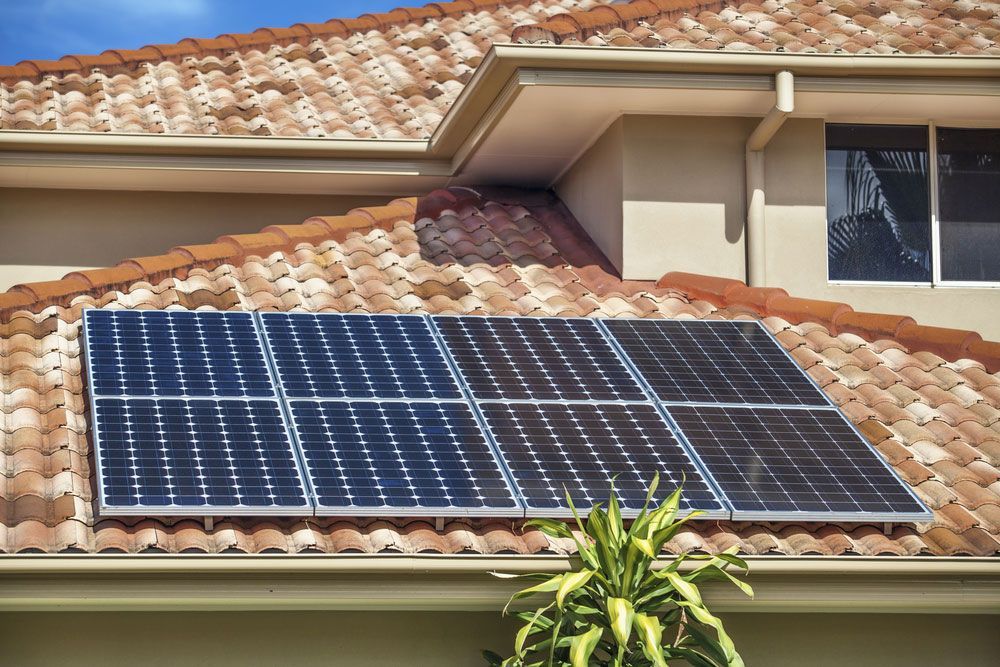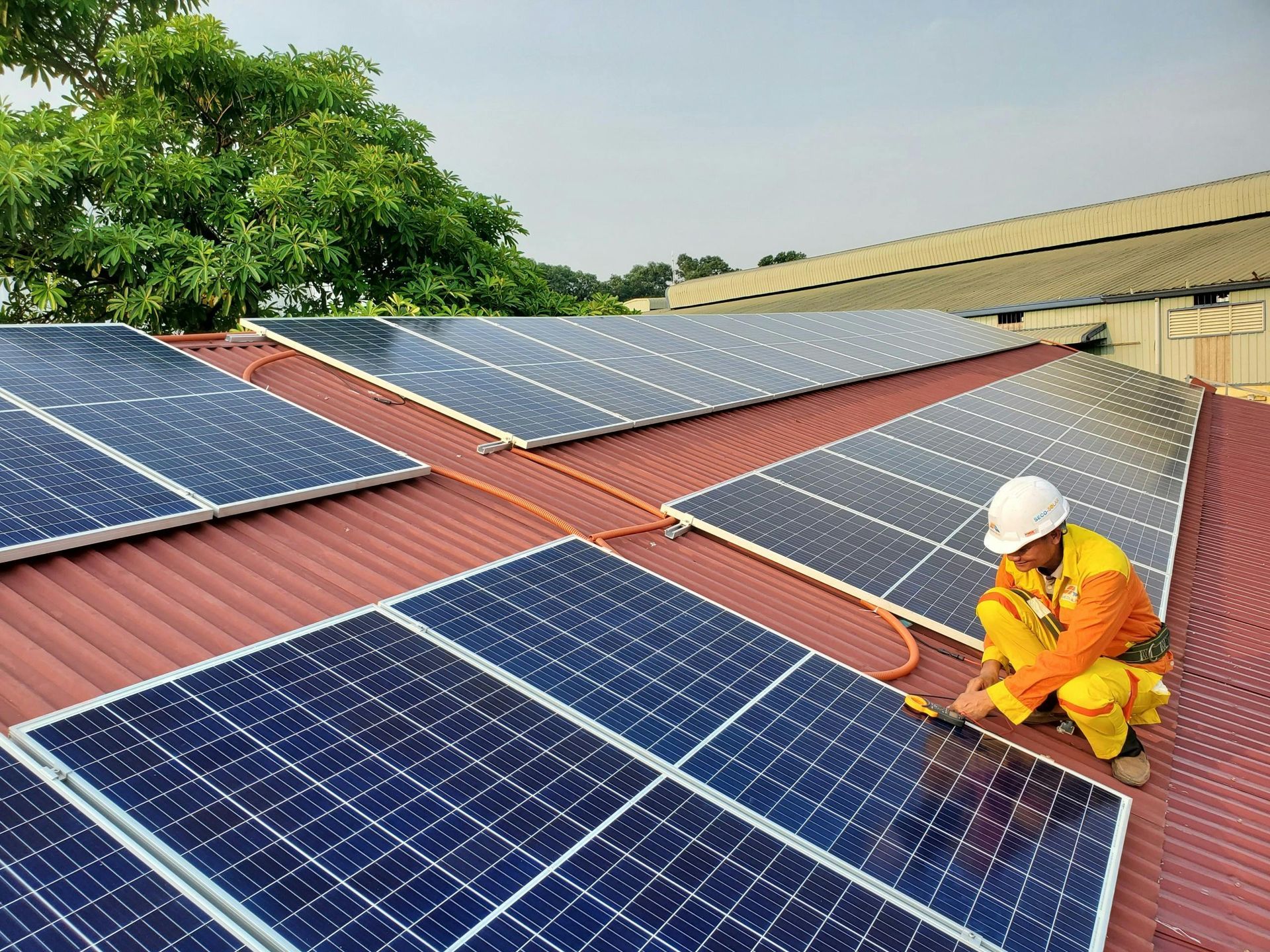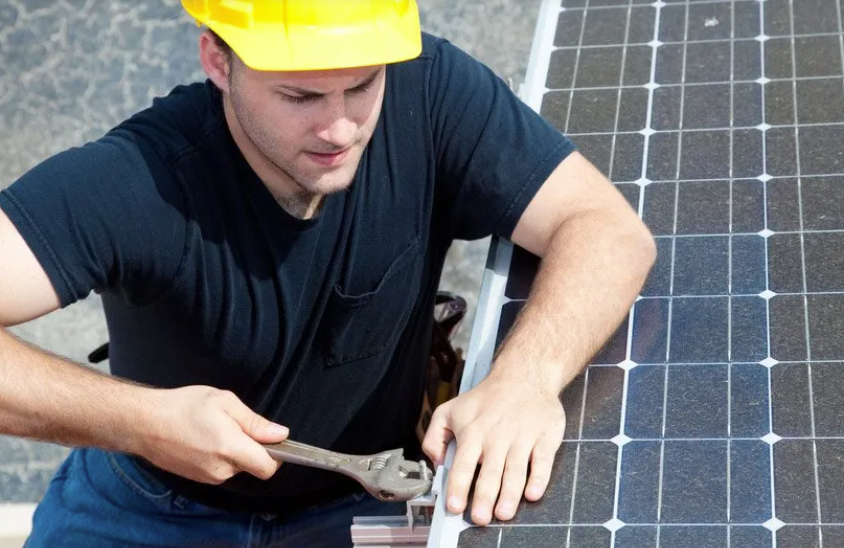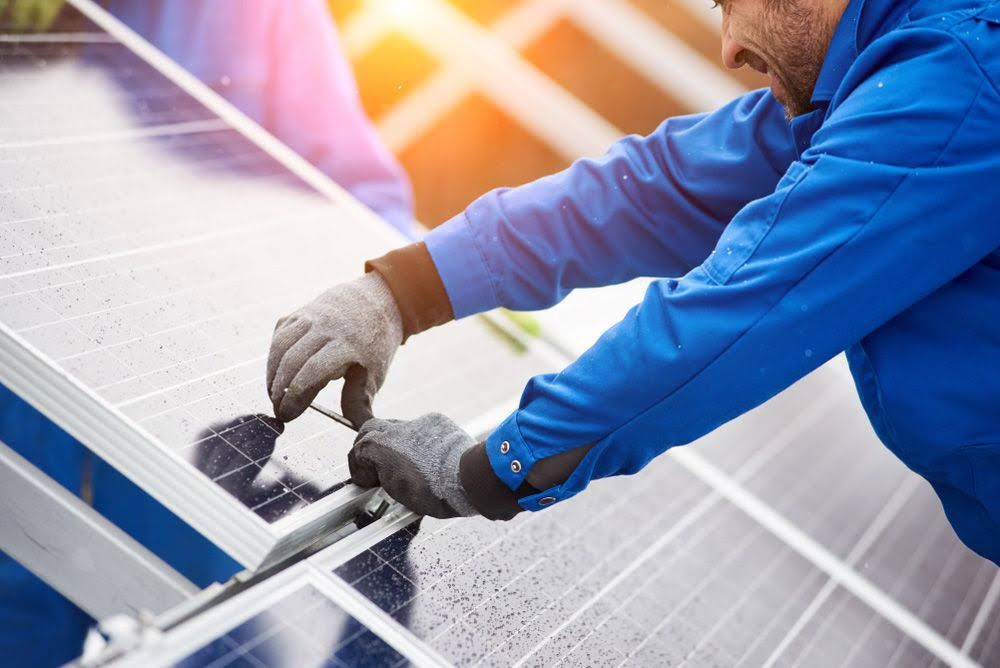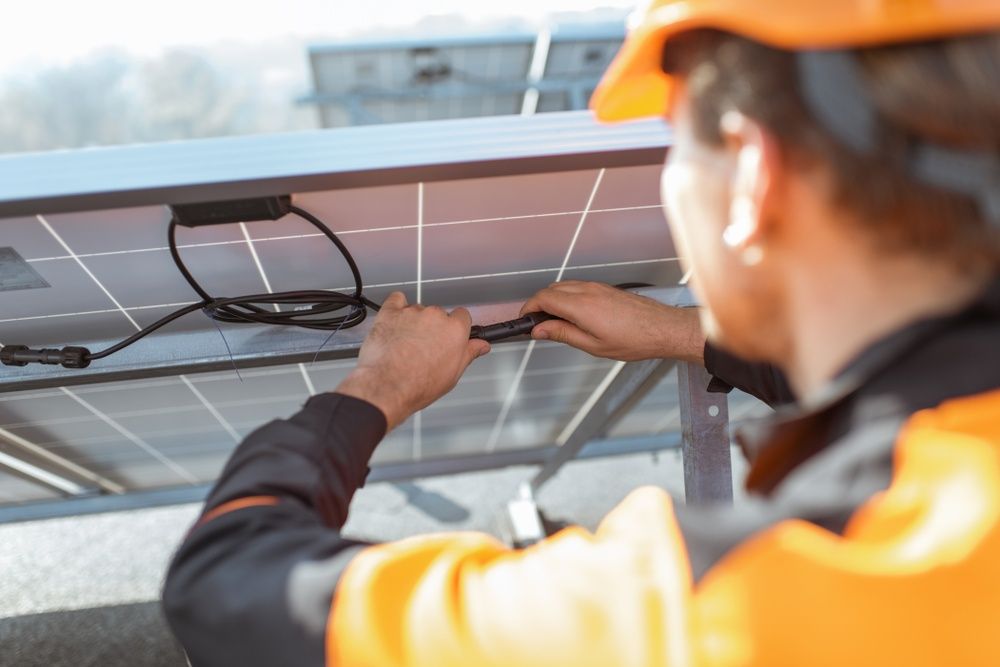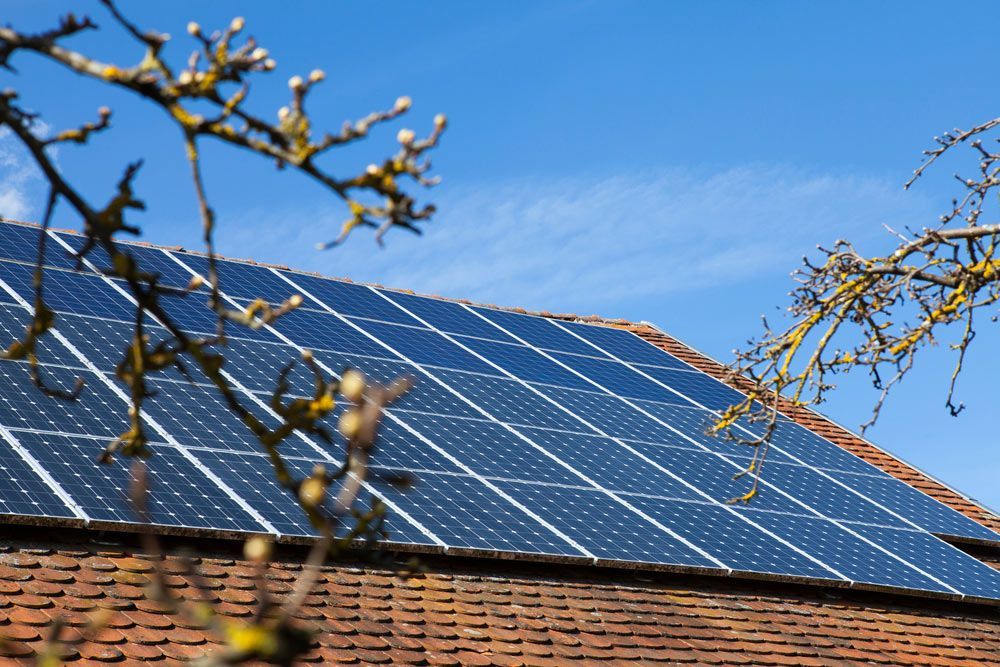How to Maintain Peak Efficiency of Solar Panels in Cairns’ Climate
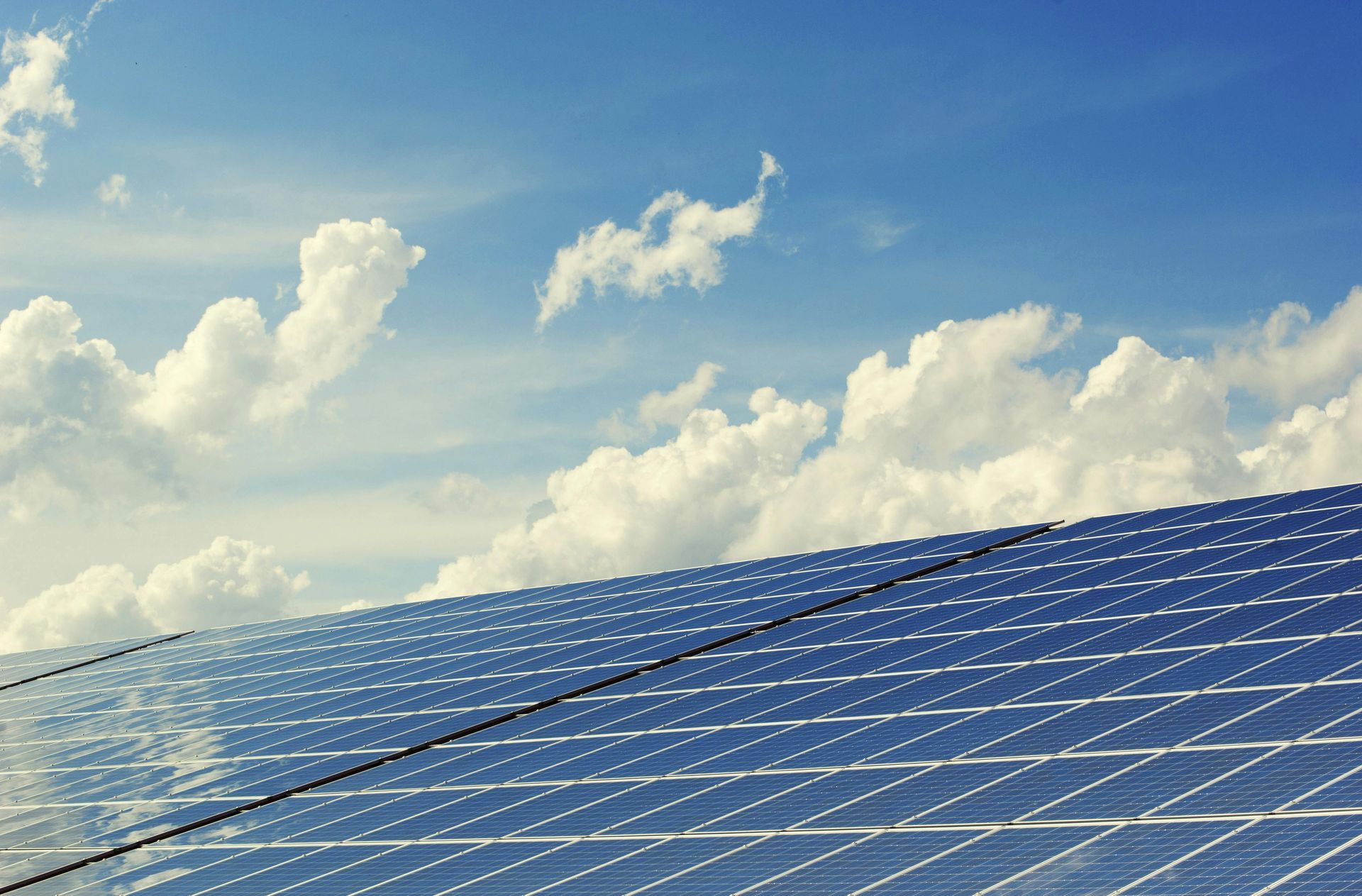
Cairns’ tropical climate brings abundant sunshine—ideal for solar power. However, it also comes with a unique mix of challenges: heavy rainfall, coastal salt spray, high humidity, and rapid vegetation growth. If not addressed proactively, these environmental factors can significantly impact the performance and lifespan of Cairns solar panels.
Whether you’re a homeowner or business owner, taking simple but consistent maintenance steps will ensure your solar system continues to deliver strong, reliable output all year round. Here's how to keep your solar panels running at peak efficiency in Cairns’ demanding conditions.
Regular Cleaning to Remove Dust, Salt, Debris
Salt mist, dust, pollen, and bird droppings can build up quickly on solar panels in a coastal tropical environment like Cairns. These layers of grime act like a filter over the glass, reducing the amount of sunlight that reaches the solar cells underneath and diminishing energy production.
To maximise sunlight absorption:
- Clean panels every six months, or quarterly if you’re close to the ocean or under dense tree cover.
- Use soft brushes, mild soapy water, and a low-pressure hose to avoid scratching the glass or damaging seals.
- Avoid pressure washers and harsh chemicals—they can damage anti-reflective coatings.
- Schedule cleaning early or late afternoon when panels are cool and less prone to thermal shock.
- If panels are difficult to access safely, consider hiring a professional cleaning service familiar with solar panel care.
Monitoring Shading From Trees or New Structures
Cairns is known for its lush vegetation, and fast-growing trees can gradually block sunlight without you realising it. Depending on your system setup, shading just one panel can significantly reduce the performance of the entire string of panels.
To manage shading risks effectively:
- Inspect your roof and solar array for overhanging branches or new structures casting shadows every few months.
- Trim trees or tall plants regularly, especially during the rainy season when growth rates increase.
- Be mindful of future developments—neighbouring buildings or renovations may cause new shade paths over time.
- Consider shade-tolerant panel configurations, such as using micro-inverters or optimisers, if complete shade avoidance isn’t possible.
Frequent Inspections for Storm or Cyclone Damage
Cyclonic conditions, intense storms, and heavy rainfall are part of life in tropical Queensland. Even well-installed solar systems can suffer from high wind gusts, flying debris, and pooling water. Undetected damage can compromise safety and performance.
After any severe weather event:
- Check for obvious cracks, smashed glass, or signs of impact damage on the panels.
- Look for loosened or missing mounting hardware, as wind can shift the racking system.
- Inspect for water pooling or corrosion around electrical conduits and roof penetrations.
- Monitor your inverter or system app for any fault codes or irregular drops in energy output.
- Engage a licensed solar technician if you suspect any damage—it’s not worth risking electrical faults or voiding your warranty.
Manage Humidity, Mould, and Salt Mist Effects
Humidity is high in Cairns for much of the year, and properties near the ocean are exposed to constant salt in the air. If not managed correctly, these conditions can contribute to corrosion, mould growth, and general system wear.
Protect your system by:
- Choosing corrosion-resistant panels and mounting materials (aluminium, stainless steel, sealed cabling).
- Remove residue by washing panels with fresh water after salt-heavy weather or mist events.
- Checking for algae, lichen or moss buildup, particularly in damp, shaded roof corners.
- Keeping gutters clean to prevent water overflow near panel edges and electrical junctions.
- Ensuring all wiring and enclosures are fully sealed and moisture-proofed.
Maintain Electrical & Mounting Components
Your solar panels are just one part of the system. The supporting components—wiring, inverter, isolators and mounts—require just as much attention to avoid output losses or safety issues.
Keep your system structurally and electrically sound by:
- Checking all visible cabling for signs of wear, UV damage, animal interference or corrosion.
- Ensuring inverters and isolators are well-ventilated, protected from water, and show no error messages.
- Inspecting mounting brackets, clamps and bolts for rust or movement after storms or long periods of humidity.
- Ensuring roof penetrations remain sealed and watertight to avoid future leaks or insulation issues.
Use System Monitoring & Performance Tracking
Monitoring your solar system’s performance helps you spot changes before they become costly. Most modern systems have an app or web-based dashboard that provides real-time and historical data.
Use these tools to your advantage:
- Track daily and monthly energy output and compare it with seasonal expectations.
- Watch for significant or sudden drops in output—they could signal a faulty panel, shading, or inverter issue.
- Set up alerts if your system has a fault or stops producing power unexpectedly.
- Keep a performance log to help identify slow degradation or recurring issues over the same time period each year.
Schedule Professional Servicing
While homeowners can handle regular visual inspections and simple cleaning, expert maintenance is no substitute. A trained technician can detect faults that aren’t visible, like micro-cracks, delamination, inverter inefficiencies, or gradual electrical degradation.
Aim to schedule a professional check-up:
- At least once every 12 to 24 months, depending on your system’s age and exposure to extreme weather.
- Even if damage isn't immediately visible after any cyclonic or intense storm activity.
- Before or after major home renovations that could interfere with panel placement, wiring or shade levels.
- Ensure long-term coverage as part of your manufacturer’s or installer’s warranty requirements.
After Heavy Rains & Wet Seasons: Proactive Care
Cairns’ wet season brings weeks of intense rainfall, high winds, and widespread humidity. Once it subsides, inspect your system thoroughly and prepare it for the drier months ahead.
Recommended actions include:
- Cleaning off water stains, leaf debris and any plant matter that may have accumulated on or around your panels.
- Checking for water seepage around mounts, inverter housing, junction boxes and cables.
- Refastening or tightening bolts and mounts that may have loosened due to waterlogged roofing.
- Inspecting electrical systems for signs of moisture, including rust on connectors or condensation inside isolators.
- Monitoring output closely in the weeks after the wet season to identify any unseen impact on performance.
Protect Your Investment With Professional Support
Maintaining solar panels in Cairns isn’t difficult but requires consistency. Regular cleaning, monitoring, trimming, and scheduled professional servicing allow you to keep your solar system running efficiently for many years. These preventative steps reduce the risk of failures and repairs and ensure you get the most energy and savings from your installation.
At Big Electrics, we offer inspections, maintenance and solar services tailored to Cairns’ tropical climate demands. Whether you need a one-off panel clean or a full system health check, we’re here to help. Contact us today to find out more.

